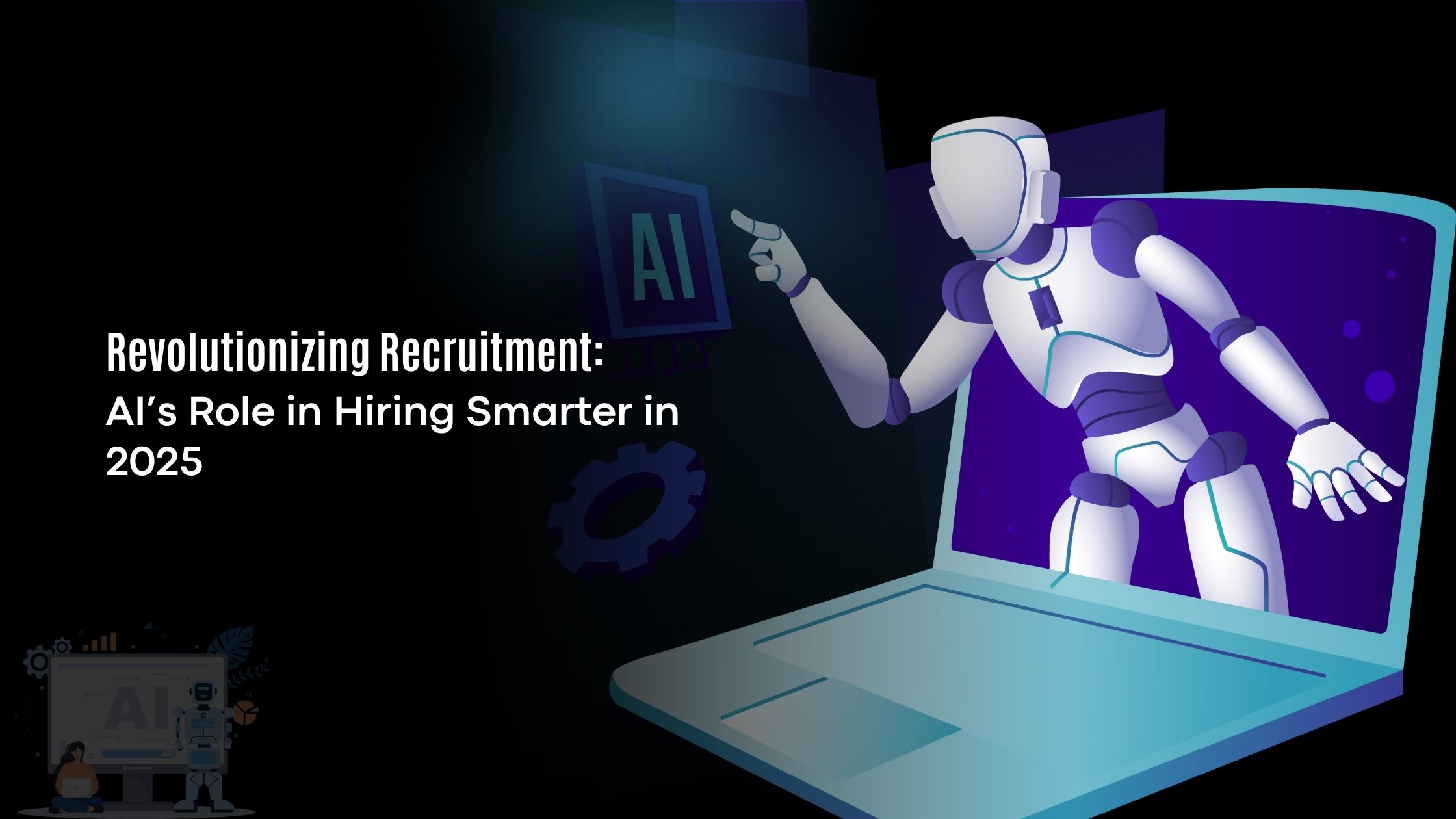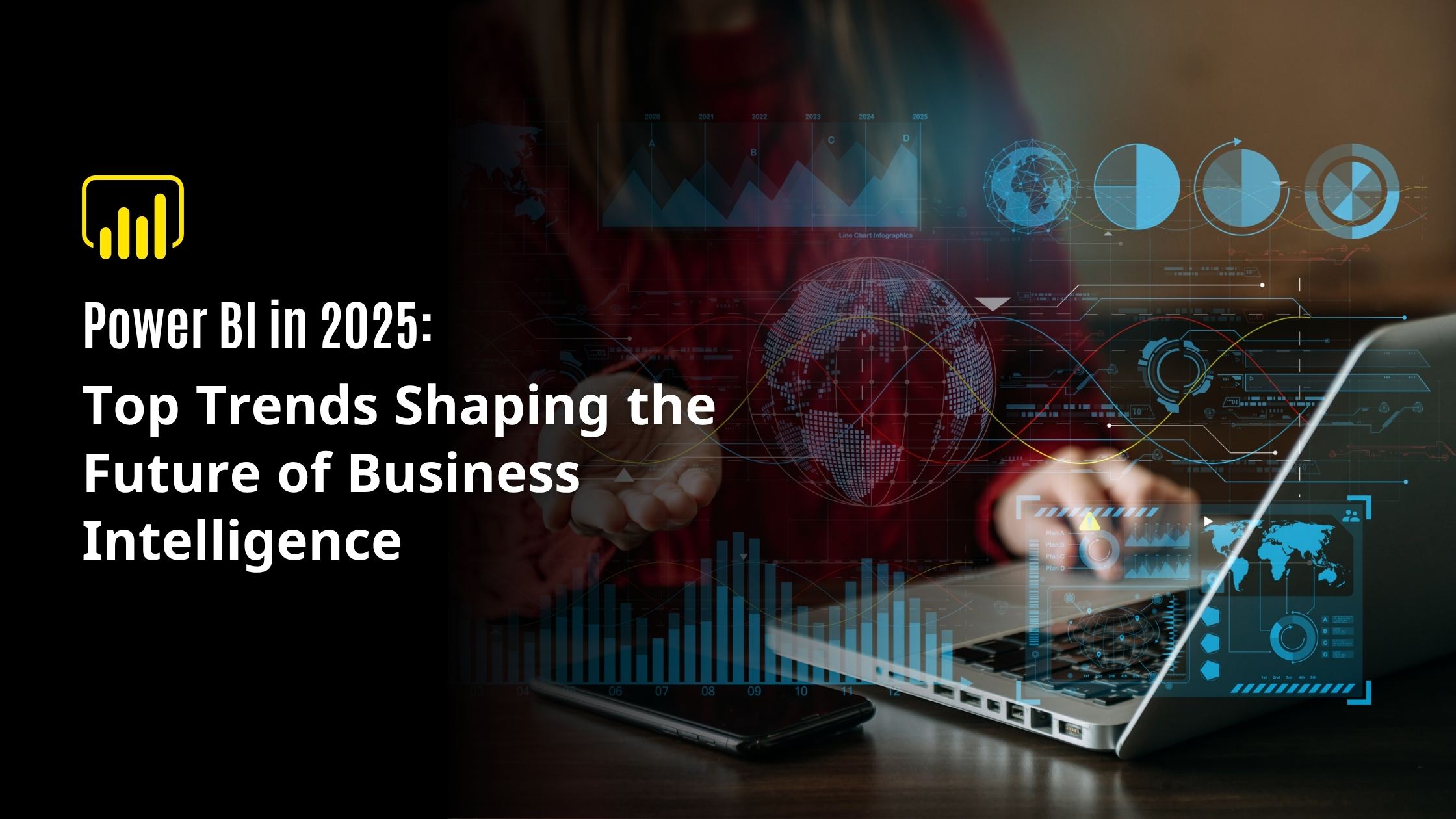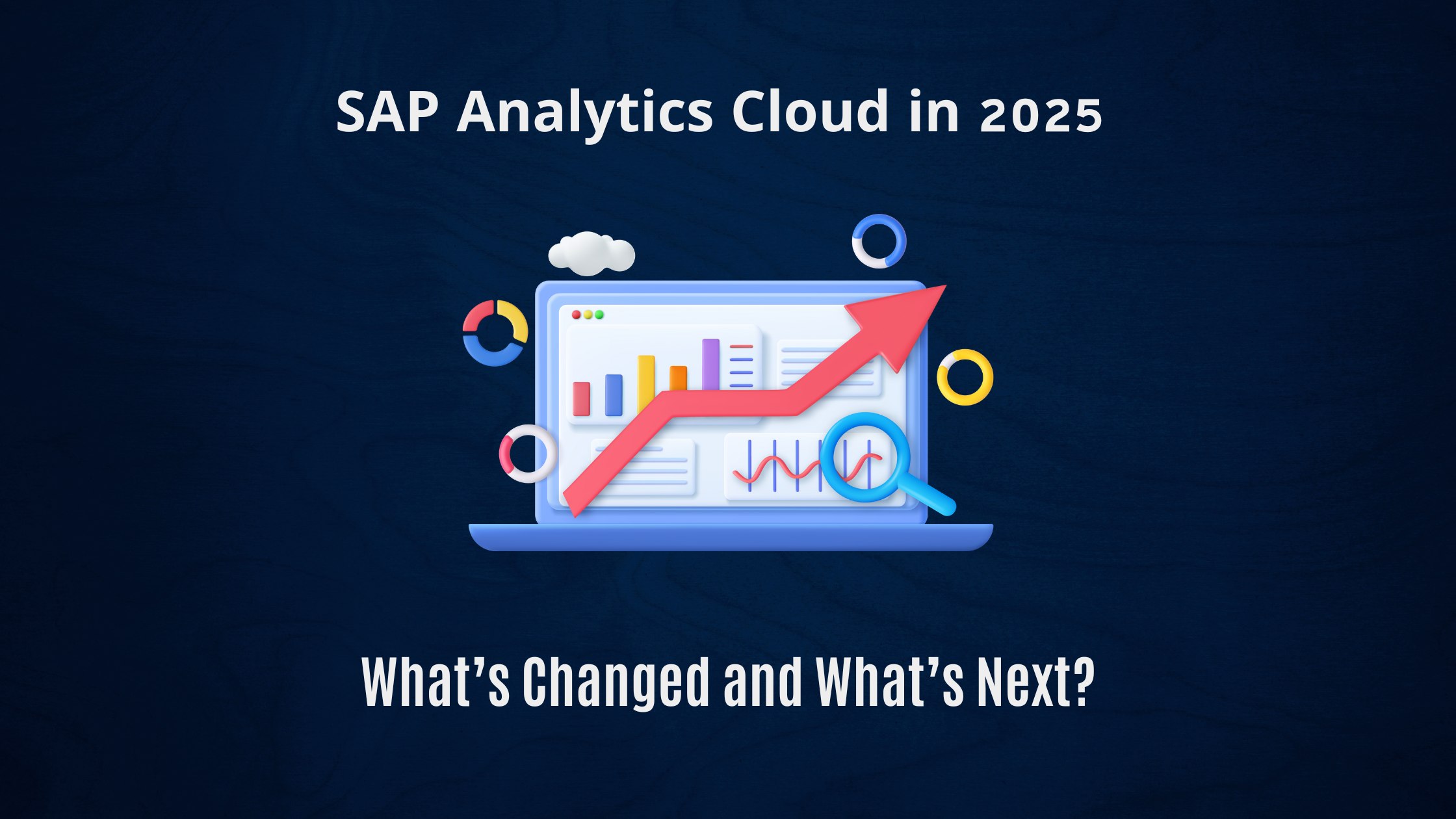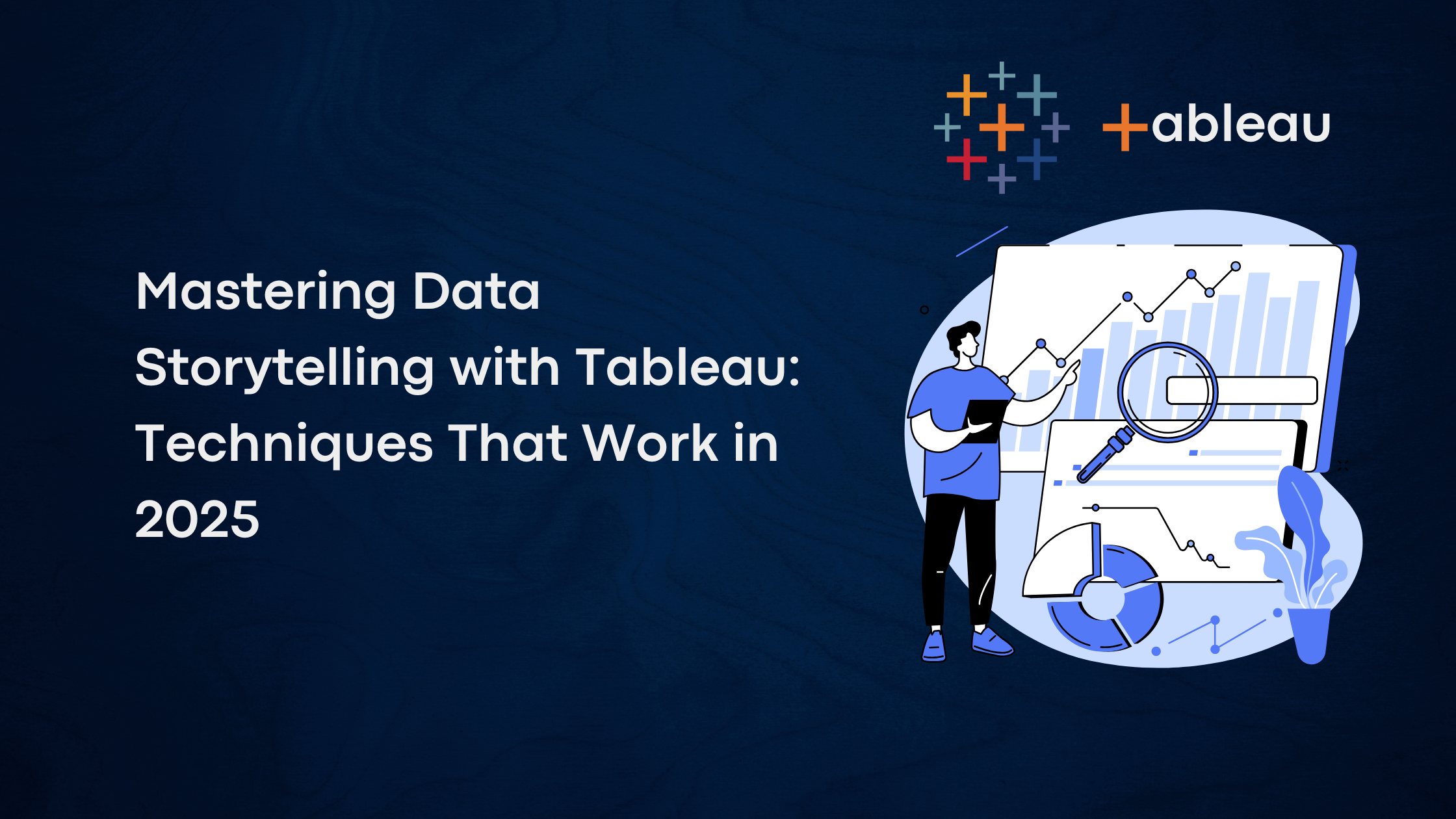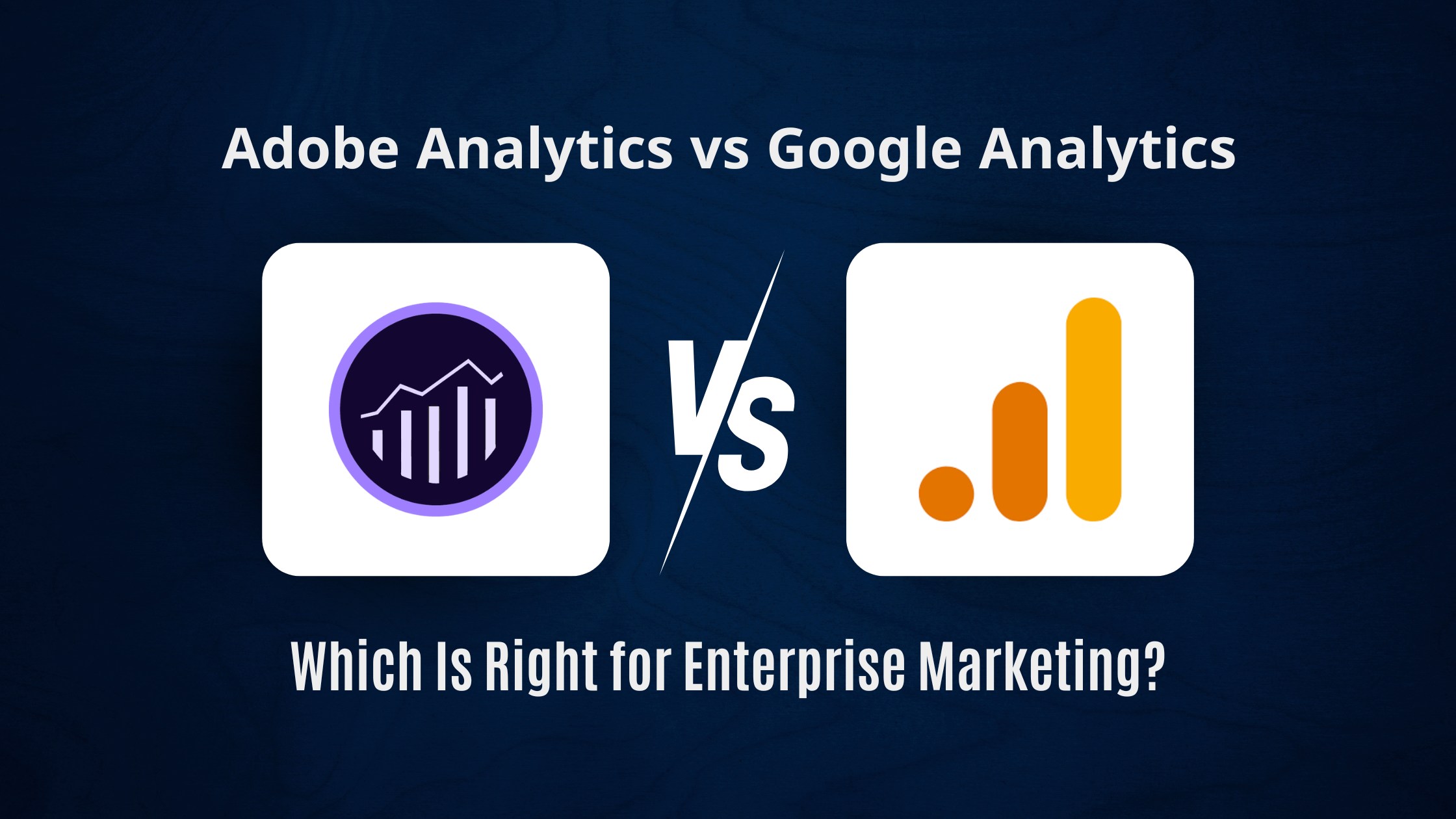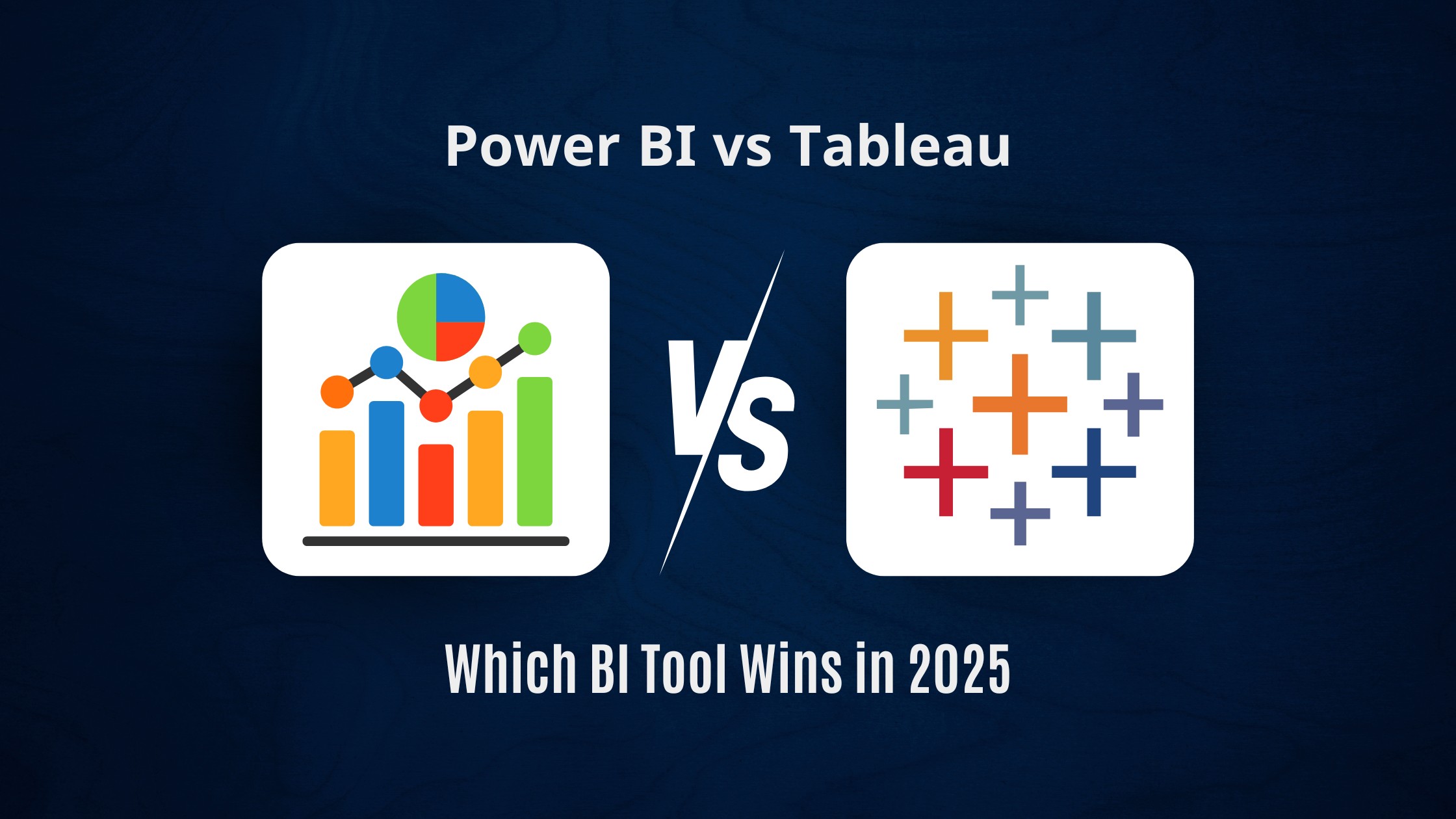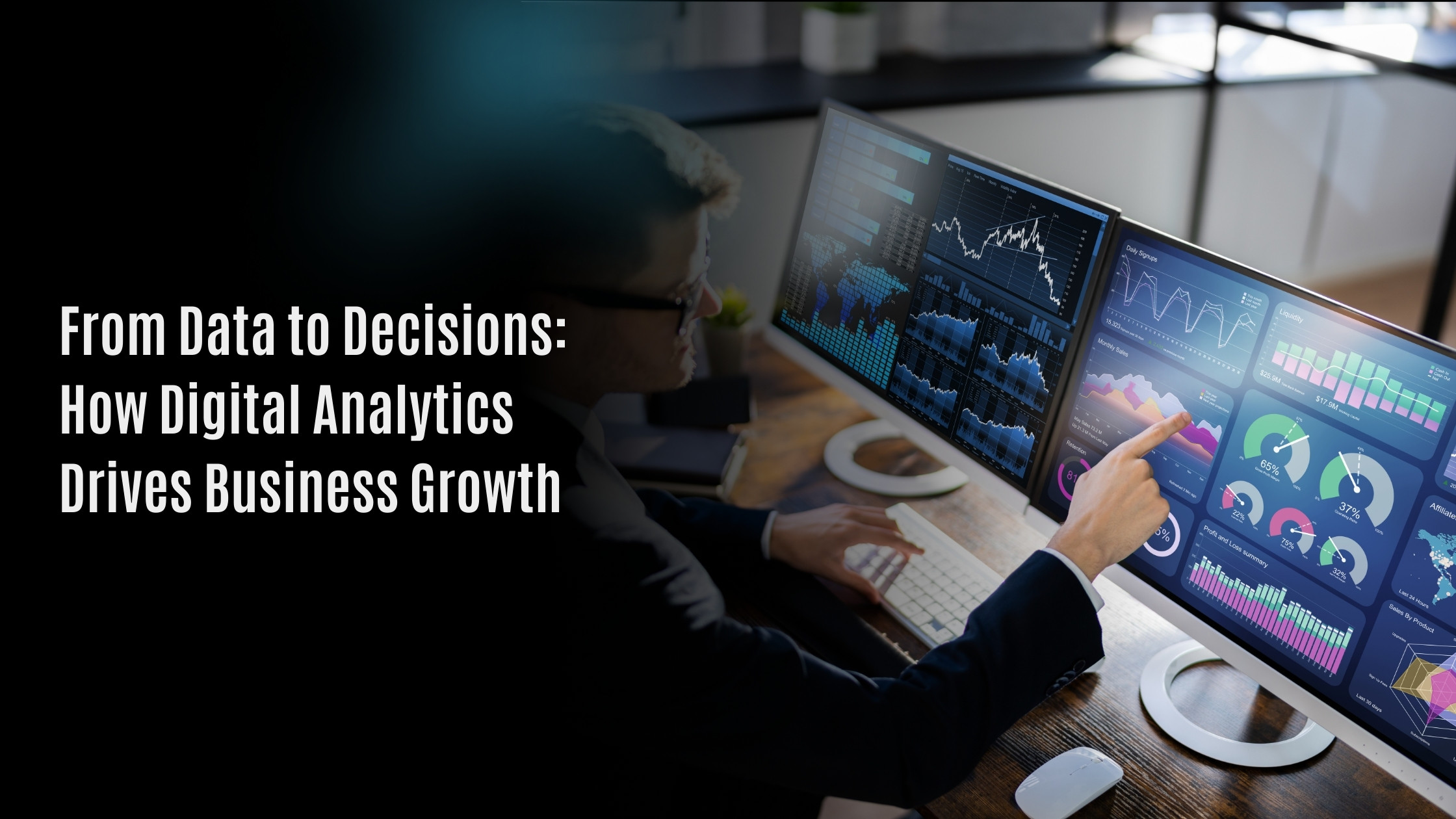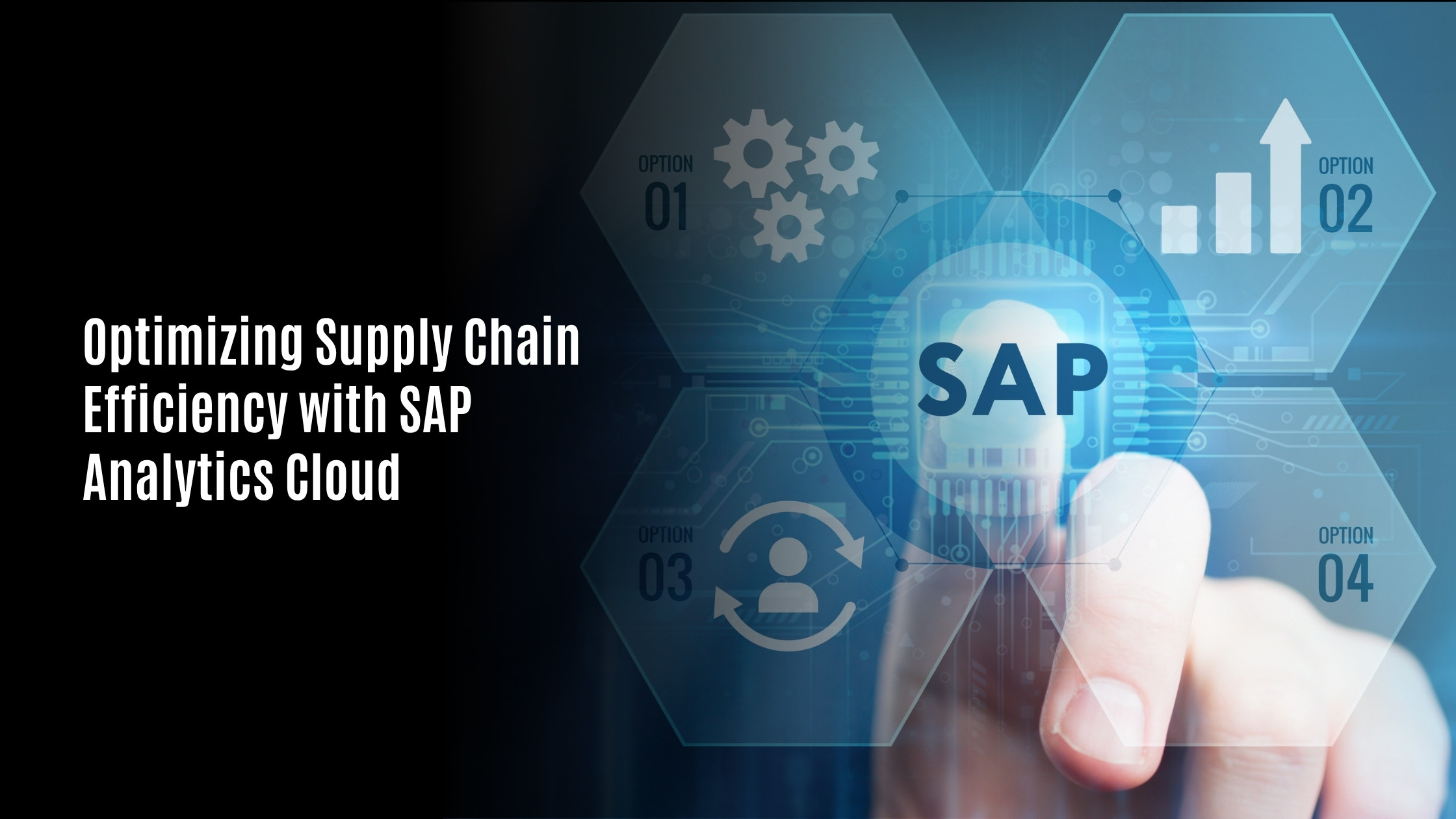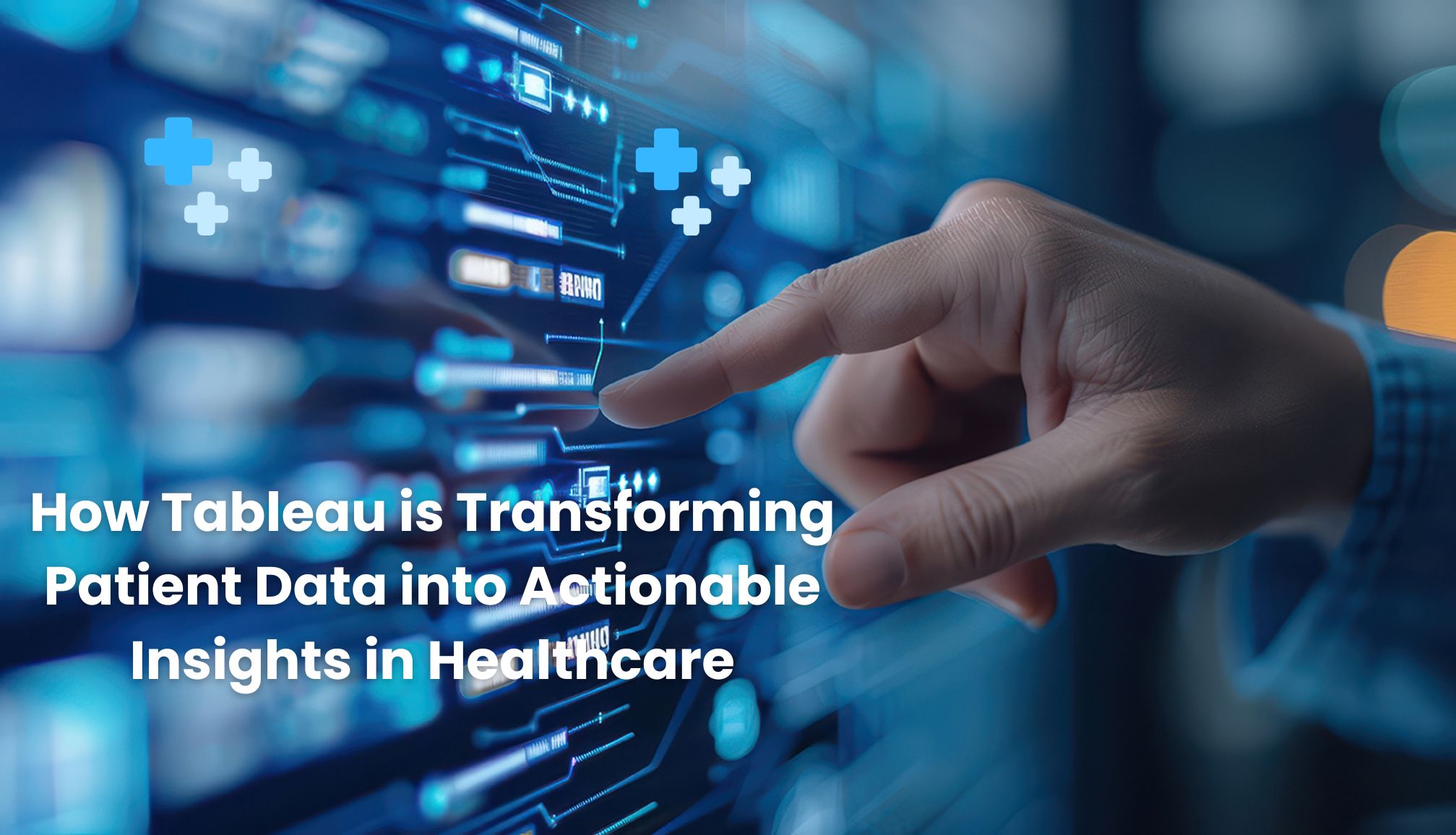Revolutionizing Recruitment: AI’s Role in Hiring Smarter in 2025
AI magic is no longer a sci-fi concept. AI is quickly reshaping how companies search, find, and hire candidates. It’s 2025, and the hold of AI in Recruitment is more influential than ever. 84% of companies now see AI-based hiring as essential to maintaining a competitive edge. AI also smoothens the process, helps skip bias, and improves the overall experience of the candidate. AI also saves the time of companies because it can go through thousands of applications in seconds. If you want to learn more about how AI is revolutionizing recruitment, read this article.
A Few Statistics About AI in Hiring
- 43% of HR professionals are already using Smart Hiring Solutions based on AI in their hiring processes.
- The AI market on a global level is expected to transcend $1.8 billion by the year 2030.
- Market predictions prove that AI based employee acquisition will cross $1.35 billion in 2025, growing at 18.9% annually.
- Candidates who attend interviews via Talent Acquisition AI succeed in human interviews at a 53.12% rate compared to 28.57% from traditional resume screening.
Here Are 5 Ways AI Is Revolutionizing Recruitment
1. Faster and Smarter Candidate Sourcing and Screening
Software powered by AI is used to automate the initial stages of hiring. ATS in AI tools can scan resumes and confirm relevant skills. It also checks experience and then shortlists candidates that fit job descriptions the best. AI deploys algorithms to go through loads of data from sources like social media, job boards, and internet databases to find new candidates. This option seriously reduces the total time the hiring teams spend on manual tasks. AI in Recruitment allows them to focus on working with suitable candidates.
2. Enhanced Job Description and Outreach
AI-based Recruitment Automation can also write likeable and inclusive looking job descriptions. Some tools analyze the roles and create short but clear job descriptions that will attract the right people. AI also helps perform personalized candidate outreach. It does this by creating custom messages based on the skills and experience of the candidates.
3. Interactive and Avatar-Based Interviews
Today, virtual interviews have become normal. But AI is taking interviews to a different level. Tools can use avatars and conversational AI to conduct interviews. This helps candidates to communicate easily while they get evaluated on soft skills and decision-making. The best thing is that these are not only scalable but also accurate. AI Hiring Tools offers a great experience to all applying candidates.
4. Reducing Bias and Promoting Fairness
When humans recruit, their unconscious bias might misguide them. But, with AI-based Smart Hiring Solutions, companies can make data-driven decisions based on the candidate’s skills and qualifications. AI hiring software will also anonymize resumes for the recruitment team by removing details like name and gender.
5. Real-Time Dashboards and Actionable Insights
Recruiters have done recruitment analytics in spreadsheets so far. Today, AI tools let them create intuitive dashboards that can visualize the hiring funnel, diversity metrics, and candidate performance. AI-based Recruitment Technology is a great help for HR teams in making quick, data-driven decisions and spotting trends.
AI Tools Used in Recruitment Today
Here is a table that shows how AI is used in various industries:
Category | Usage | Percentage |
Content Creation | AI is used by companies to write job descriptions and marketing emails | 70% |
Administrative Tasks | AI handles interview scheduling and routine duties | 70% |
Candidate Matching | AI matches skills with job requirements | 54% |
Video Interviews | AI tools are used to screen candidates | 88% |
AI chatbots using Predictive Hiring can talk to candidates at any time and give answers to questions about the vacant role in the company. This whole-day availability has benefitted application completion rates by 41% and made the duration of the first interview 37% less.
How AI Fits Into The Hiring Workflow
AI Hiring Tools fit into a company’s hiring process without any trouble. It can draft and tweak job descriptions and post them automatically on the platforms necessary. Algorithms scan resumes, notice skills, and rank the candidates based on their qualifications.
Today, recruitment is supported by AI, and businesses have eliminated their old methods. Automated systems that don’t use AI can only rank resumes. However, structured interviews offered by AI can check both technical and soft skills. With AI, recruiters can save time by only meeting with the shortlisted candidates.
Regular Audits For Bias And Fairness
Companies should use qualified third parties to regularly audit their AI-powered recruitment. Many businesses are now utilizing AI HR audits to go through their candidate selection process. AI-based Hiring Automation 2025 does the job of checking algorithm reliability just like human HR.
Combining AI With Human Oversight
If you use AI recruitment strategies, it complements human judgment and does not replace it. Implementing clear protocols helps companies to decide when human intervention is required. Recruiters really play a role that cannot be replaced. HR Tech Trends 2025 are important for building relationships, communication, and assessing culture.
Training Teams On Ethical AI Use
Carefully created training initiatives will help companies to utilize AI’s full potential. Companies with structured AI training plans can enjoy a 25% boost in the output of recruiters. Some strategies that work include programs on concepts like bias detection. One-on-one training can also help employees who need extra support. Offering a space for recruiters will help them share what they learn.
Final Thoughts
To sum it up, AI-based Hiring Automation 2025 isn’t replacing recruiters. AI is here to empower human recruiters. So, find an AI solutions partner whose expertise converges technology and finance, crafting AI solutions meticulously tailored for recruitment. With AI solutions from a reliable provider, your hiring team can enjoy features like data enrichment and validation, payment error auto-correction, risk management, process automation, and optimization.
FAQs
1. How does AI enhance the effectiveness of the recruitment process?
AI Recruitment Technology greatly raises the effectiveness of hiring by reducing screening costs by 75% and reducing the average time to hire from 44 days to 11 days. It can go through thousands of job applications in a few minutes. AI can also do interview scheduling automation. It will also be available all day and night for candidates to answer questions.
2. Can AI help reduce bias in hiring?
If companies design and implement AI carefully, it will help them reduce unconscious bias during recruitment. However, routine audits are important to ensure AI-Based Candidate Screening won’t be influenced by existing biases.
3. Will AI tech replace human recruiters in the near future?
Not at all. AI won’t be replacing human recruiters. AI will only be a useful tool to support human abilities. AI can also handle time-consuming tasks like initial screening and scheduling. Human recruiters are important for employee relationships and cultural assessments.
